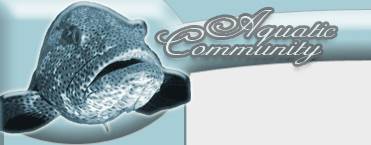Birds
Birds belong to the class Aves and are winged, endothermic (warm-blooded) vertebrates that walk on two feet, not four. All birds have wings, but some species do no longer fly, e.g. penguin and ostrich species. All birds reproduce by laying eggs and many species spend a lot of time and energy caring for their offspring.
We know to roughly 10,000 living species of birds, all members of the subclass Neornithes. Neornithes has two subdivisions: the flying birds of Neognathae and the (mostly) flightless birds of Paleognathae. Neognathae is much, much larger and more diverse than Paleognathae.
Birds are found in almost all terrestrial habitats on all seven continents, from the Arctic to the Antarctic. The southernmost living bird is the Snow Petrel who forms breeding colonies up to 440 km (270 mi) inland in Antarctica. Many birds spend a lot of their life at sea and several species of seabird only venture onto land to breed. For some birds, feeding on fish close to the surface is not enough – they dive deep down into the ocean and can hold their breath for remarkable periods of the time. Some penguin species have been recorded at depths of 300 meters (980 feet).
Birds have adapted to fit a wide range of different ecological niches, from huge birds of prey like eagles and falcons who predominantly hunt mammals, fish and other birds, to fruit eating parrots, insect catching swallows, nut cracking parakeets, nectar sucking hummingbirds, and plant gobbling ducks and geese. Some birds, such as the iconic vultures and ravens, feed on carryon, while others engage in piracy or kleptoparasitism. The famous ox peckers of the African savannah do not only feed by picking parasites from the backs of grateful ungulates; they also deliberately hurt these animals to feast on drops of their blood. Some birds are extremely specialized and rely on one or just a few sources of food, while others have a more generalist approach. Opportunistic birds like crows, magpies and sparrows know how to take as much advantage of man-made sources of food as possible and are today a common sight in cities around the globe.
Since different species of birds adapt to different ecological niches it is possible for a large number of birds to co-exist even within the same tree. Birds from various species are known to flock together and forage; helping each other to look out for predators without competing over food and mates.
Since birds can fly they are often among the first to arrive when a new island has been formed in the ocean and they tend to remain as an important part of the fauna even as the island ecology evolves. Fishing birds who find their food at sea can help enrich the soil of an island through their droppings. On remote islands without any larger mammals, birds are known to occupy ecological roles normally reserved for other types of animals. The kereru and kokako birds of New Zeeland are for instance important browsers, and so was the moa before it became extinct.
